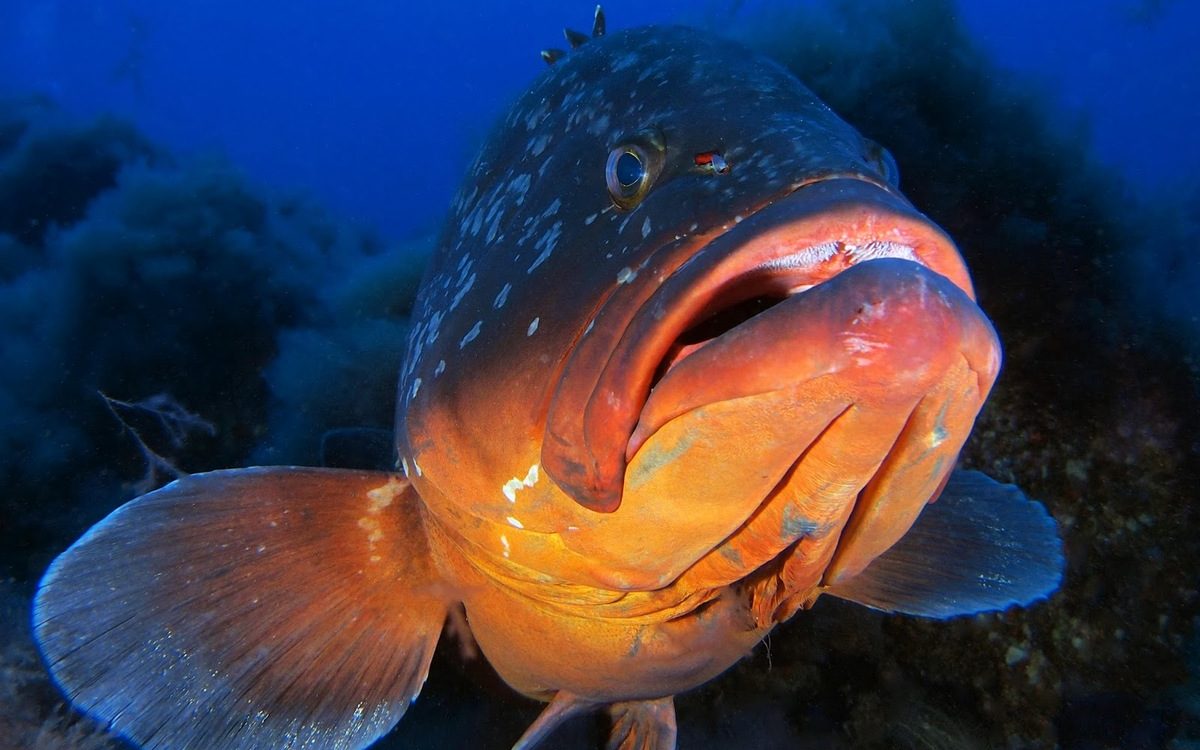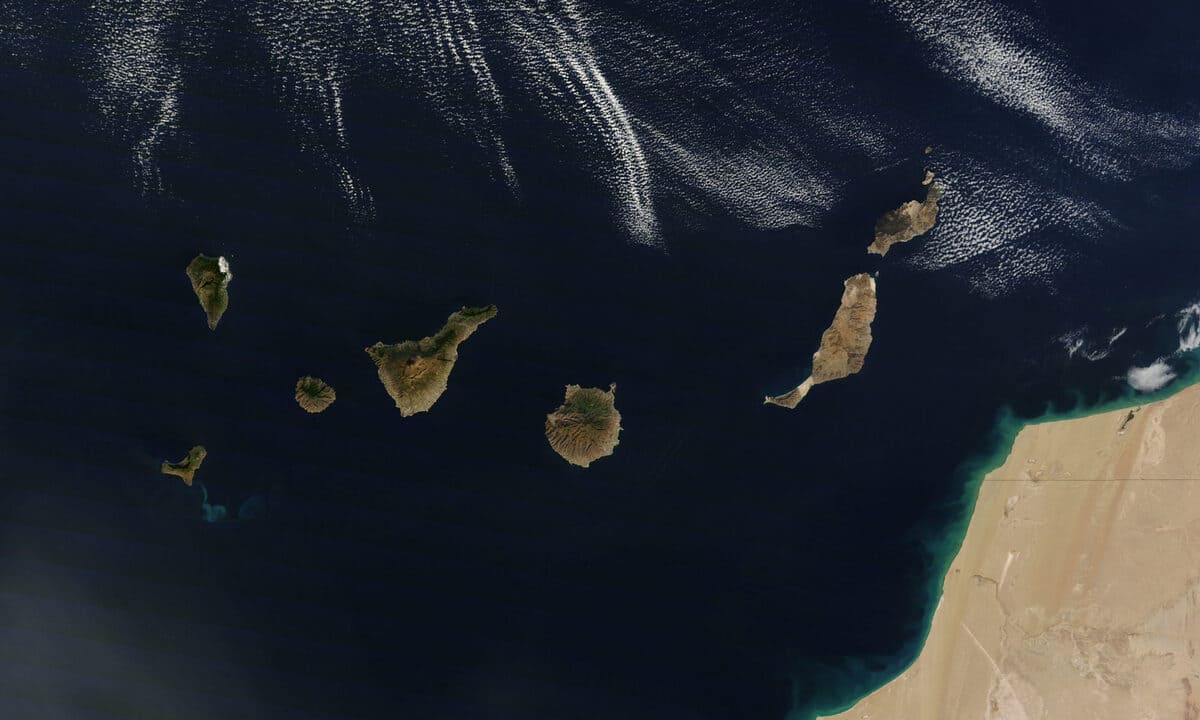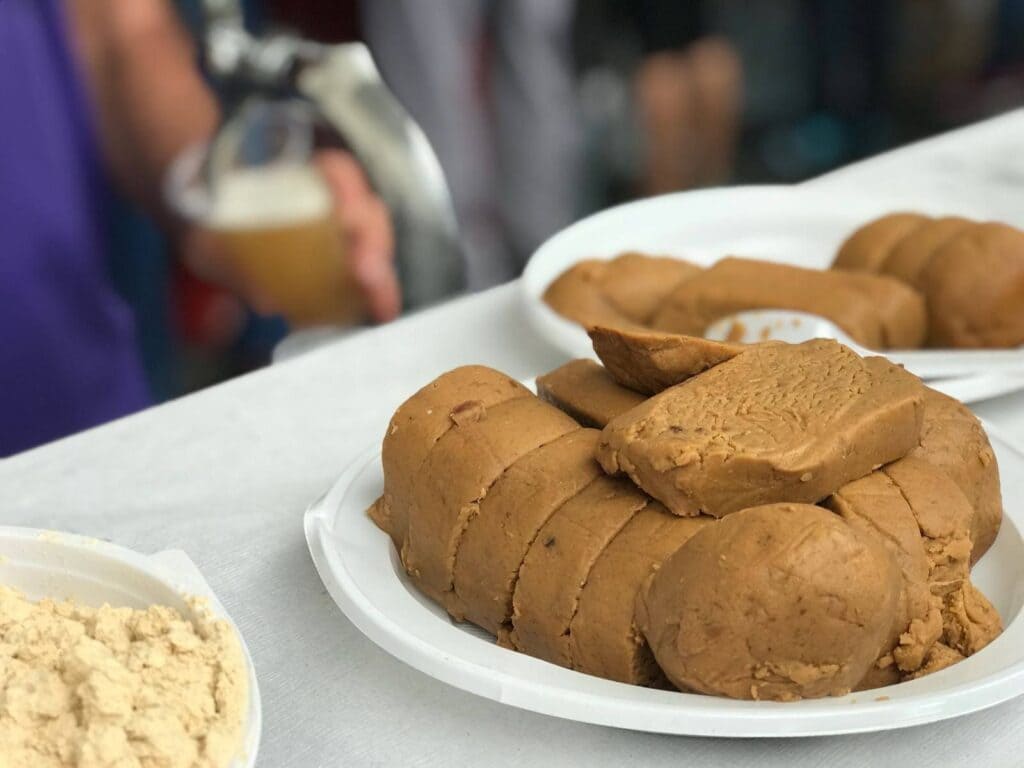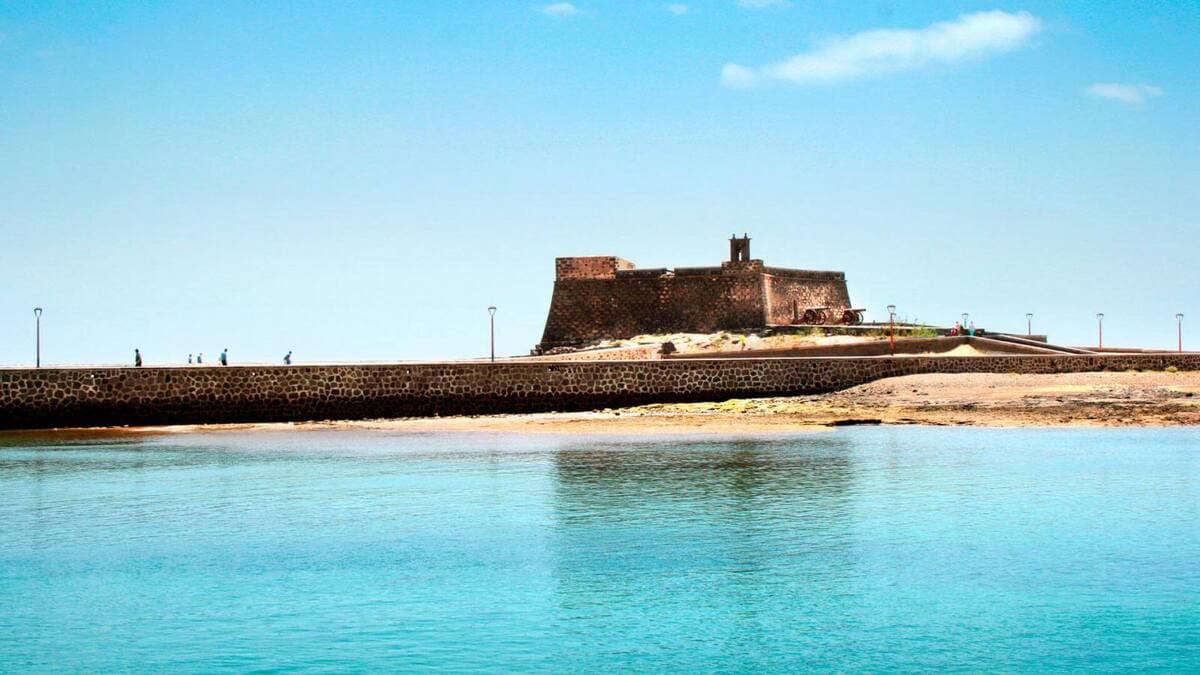The term "Papas Antiguas de Canarias" refers to potato tubers from the 29 varieties known in the Canary Islands as "antiguas", also known as local, traditional, colored or "de la tierra".
These have been cultivated in the Canary Islands, from seeds obtained in the production area and belonging to the species Solanum tuberosum subspecies andígena, Solanum tuberosumsubespecies tuberosum and the triploid defined as Solanum chaucha, introduced in the archipelago before the 20th century.
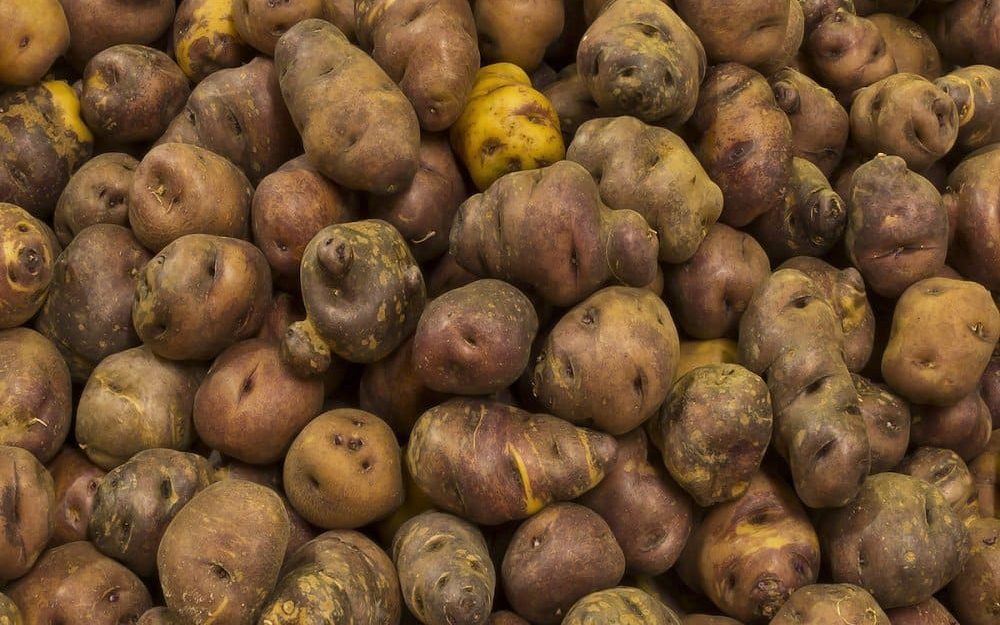
The Canarian potato is one of the most emblematic foods of our culture. It is part of a multitude of dishes, being considered almost a daily companion of the different meals of the islanders, either fried, stewed or wrinkled.
For centuries, Canary Island farmers have preserved a group of ancient varieties of great heritage, social and culinary value, especially on the island of Tenerife, and they are currently protected by the PDO "Papas Antiguas de Canarias".
A tuber with a long history
The potato was born in South America, in the highlands of the Andes, near Lake Titicaca, close to the current border between Peru and Bolivia. It has been cultivated there for more than 7,000 years. Once domesticated, the potato spread throughout the Andes and, when the Spaniards arrived in the early 16th century, they selected those varieties that were best adapted and took them to Europe.
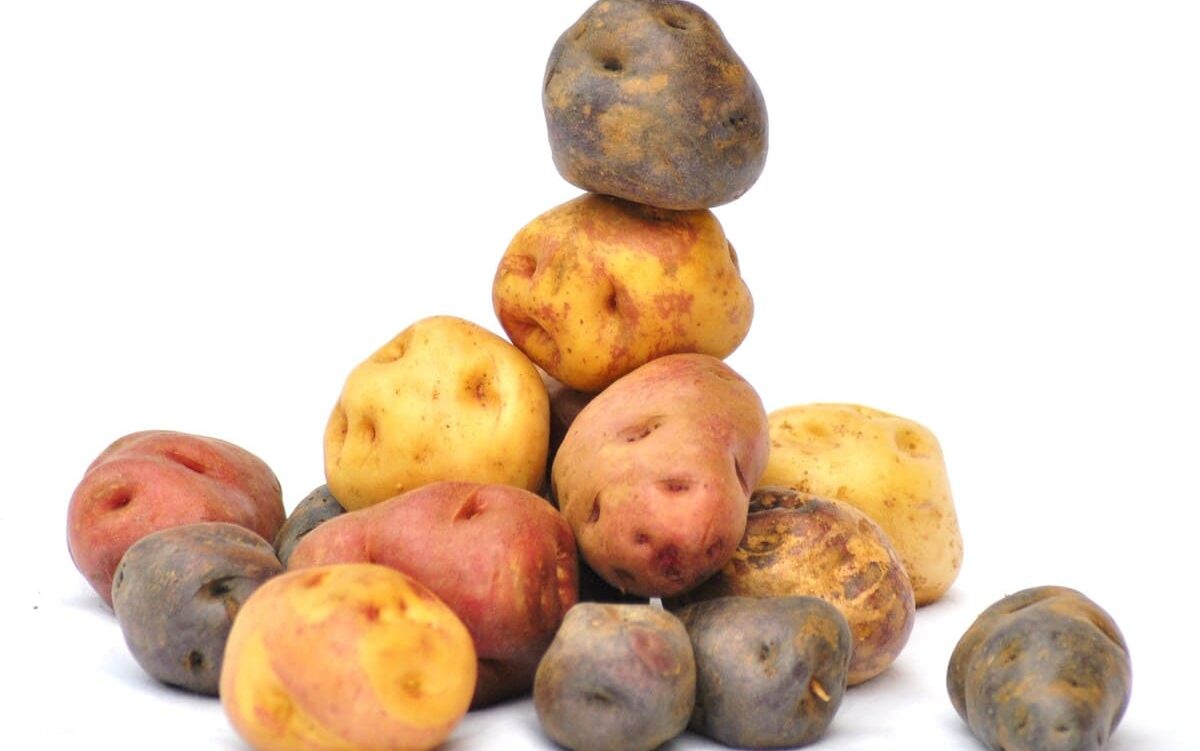
The morphology of the varieties planted on the mainland changed, but this did not happen in the Canary Islands, where the descendants of the different varieties of andigena have not changed.
Characteristics of Old Canary Island Potatoes
The volcanic soil typical in all the Canary Islands, characterized by the lack of organic matter and by the large amount of basaltic mineral elements, has given rise to this unique product, with peculiar characteristics that determine a differentiated morphology.
Old Canary Island Potatoes have a skin color ranging from blackish purple to brown, passing through pink and orange. The color of the flesh ranges from cream to intense yellow or egg yolk. This color is accentuated in intensity with cooking.
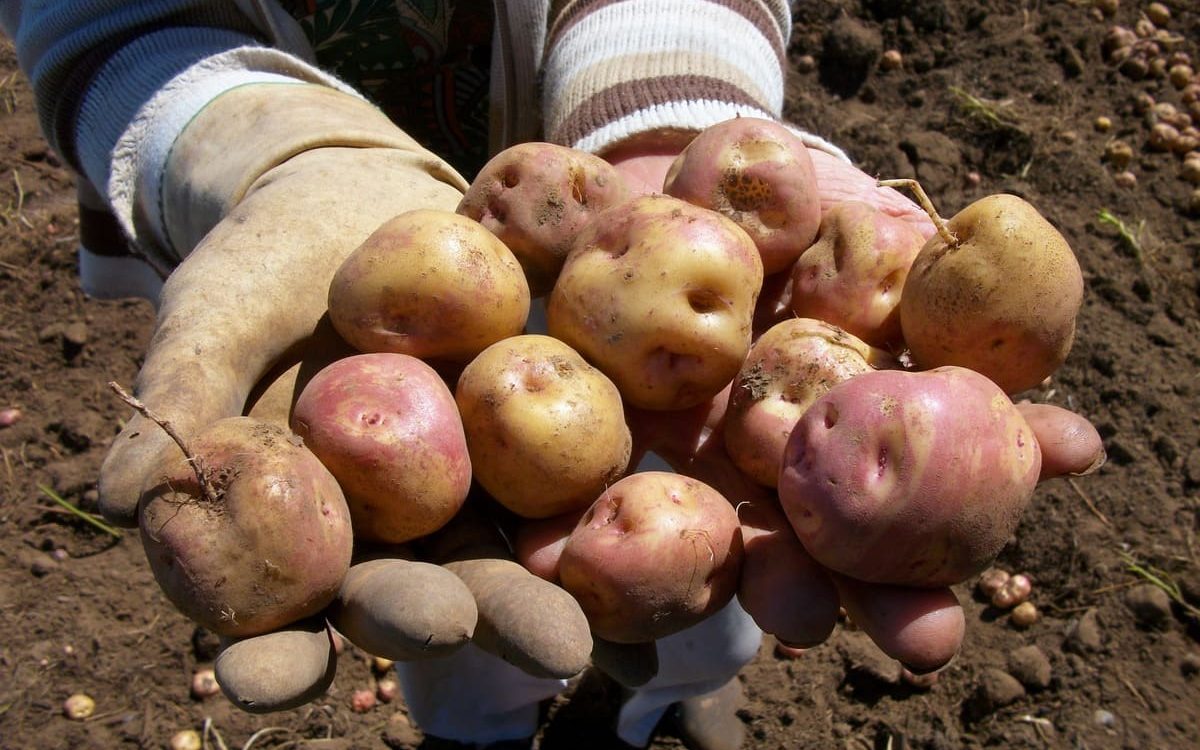
The shape of the Papas Antiguas de Canarias is rounded, with an irregular surface marked by the presence of umbilicate eyes, more or less deep. With respect to their size, they are characterized by being small or very small, with calibers between 1 and 8 centimeters.
The olfactory sensation they produce when cooked is aromatic with fresh, soft and light scents ranging from millet to chestnut. After cooking, they all have a texture that is easily recognizable on the palate due to their lack of granules. The texture can be floury, creamy and buttery or creamy, firm and not very floury, and the flavor is reminiscent of toasted cereals and autumn nuts.
Main varieties of old potatoes from Tenerife
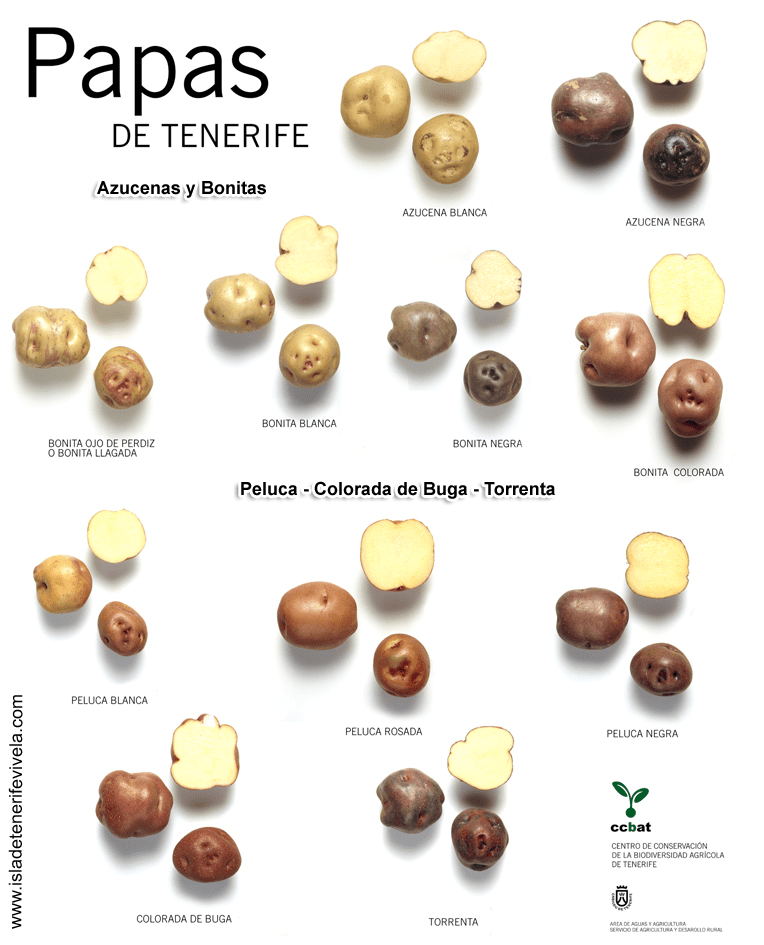
Potatoes Azucenas. It is a potato that is sowed in all the north fringe of the island of Tenerife, being cultivated with certain importance in the northwest zone. There are two types of Azucenas, Black and White.
On the one hand, the Black Lily is generally round in shape, with a somewhat rough skin. The color of the skin is reddish-purple, with light brown splashes as a secondary color throughout the tuber. The flesh is cream colored, with shallow eyes and violet shoots or "turnip greens" with white spots. It is a very hard potato, which can be more than 4 months without sprouting or "grelarse", being good to eat until January or February of the following year if it was harvested in June-July. This potato has been the favorite for the elaboration of condumio in some areas of the north of Tenerife.
On the other hand, the White Lily potato is round in shape, light brown in color with reddish purple spots. The skin is not as rough as in the Black Lily. The flesh is cream-colored like the Black Lily, with the colors of the turnip greens reversed, being in this case white with violet splashes. As for the time it takes to "turn turnip", this is similar to that of the Black Lily.
Bonitas Potatoes. There are numerous forms of potatoes identified with the name of Bonitas, being cultivated many times all together when existing between them important variations in the production. They are cultivated fundamentally in the medianías of the north zone. They are divided into: Bonita Llagada, Bonita Ojo de Perdiz, Bonita Blanca, Bonita Colorada and Bonita Negra.
Bonita Blanca potatoes are light tan in color with very few light reddish-purple spots. The texture of the skin is intermediate, i.e., neither too rough nor too smooth. The flesh is light yellow. The eyes are slightly deep-set and the shape is predominantly round. The "turnip greens" are purple with a white tip.
Bonita Negra is probably the most attractively colored potato. The skin of the tubers is a very dark reddish-purple color and becomes shiny when washed, generally not presenting secondary colors. The flesh is light yellow. The shape is usually round.
Bonita Colorada are predominantly round, with pale cream colored flesh, slightly medium deep eyes and purple colored turnip greens with slight whitish hints. The skin of the tuber is reddish-purple. This variety is easily confused with the Colorada de Baga and the Palmera Colorada.
The shape of Bonita Ojo de Perdiz potatoes is round. The turnip tops are purple ending in white. The skin of the tuber is light tan, with reddish purple spots. The flesh is light yellow.
Potatoes Coloradas, Coloradas de Baga, de Baga or Londreras. Perhaps they are the potatoes that are more distributed in the island of Tenerife, being cultivated in all the zone of medianías of the north and in some of the high strips of the south of the Island.
Black potatoes, Negras Yema de Huevo or Negras Herrenas. They areproduced in the northern midlands and also in the south of Tenerife. It is a potato of yellow pulp, very appreciated for its flavor and consistency. This potato belongs to the Solanum chaucha species. The skin is very dark reddish purple, almost black, with orange-brown spots. Black potatoes are a delicacy and a rarity. With a creamy touch when cooked, they are not as floury as the rest of the old varieties.
Borrallas, Meloneras or Montañeras potatoes. Thelargest production is located in the mountains of the northeast of the island of Tenerife. It is also cultivated in other high areas of the north and especially in the northwest of the Island, mainly in the Rural Park of Teno, where it is known as Melonera.
Moras, Brazilian or Grasileñas potatoes. Itscultivation is limited to the northeastern mountains of Tenerife, in the Anaga Rural Park.
Palm Potatoes. Thesepotatoes are cultivated in lesser or greater abundance throughout the island of Tenerife. There are numerous types of Palms being able to be mentioned the black ones, colored, veined, white, etc. According to the existing references, they could have been introduced in the Canary Islands during the 19th century.
Papas Del Riñón, Riñoneras or De María. They are produced in small quantities in various areas of the island of Tenerife, having found two types of these potatoes, white and yellow.
Pelucas Potatoes. They are cultivated in almost all the north zone of the medianías of Tenerife. Three types are distinguished, white, red and black.
If you want to know more aboutthe Canarian recipes and learn how to prepare delicious dishes, we recommend you to visit the gastronomy section of Marca Canaria.
Paula Vera
Photos: bodegacanaria.es, teneriferural.wordpress.com,
